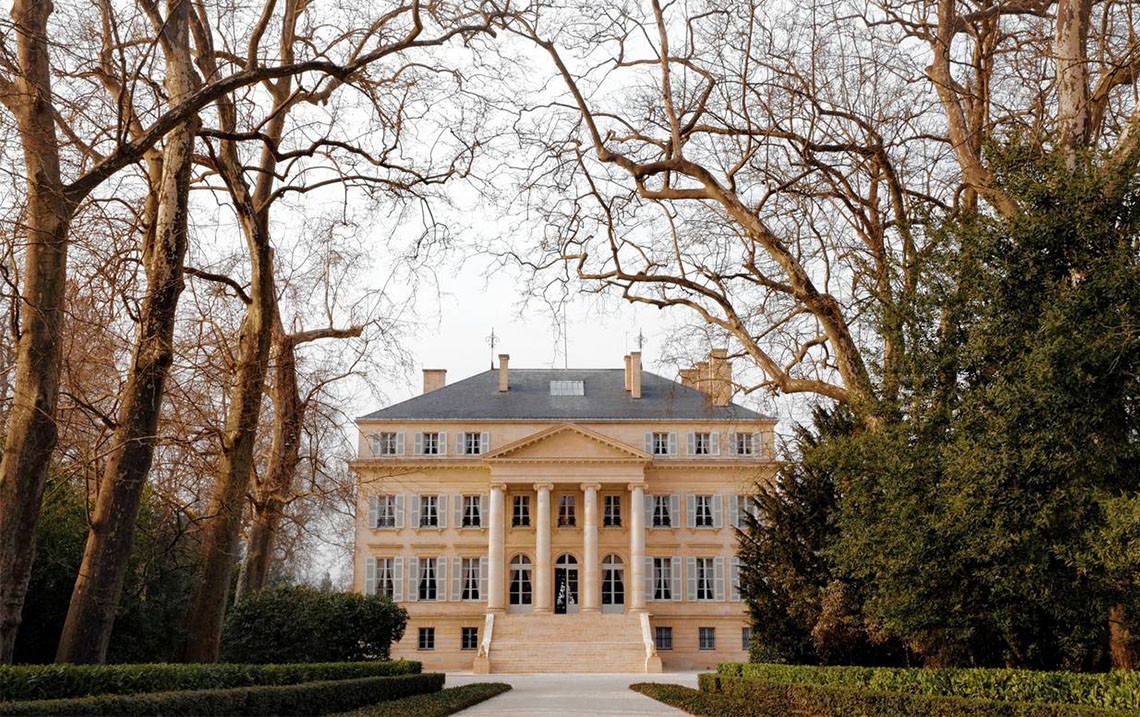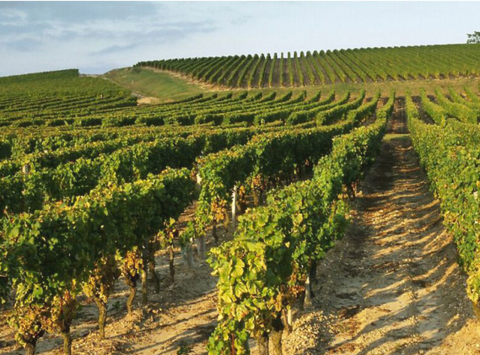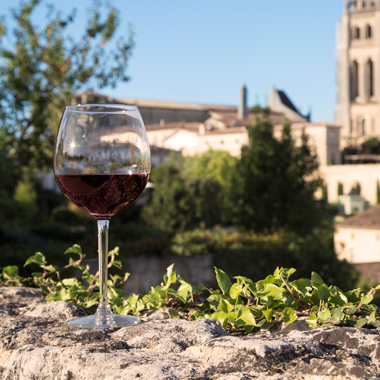Well-designed Wine Cellars
Château Margaux (Norman foster)First up is one of the most famous château in the Bordeaux region, Château Margaux. In a bid to complement the château’s traditional architecture, but give a nod to the future, Margaux owner Corinne Mentzelopoulos commissioned renowned architect Norman Foster to create a new winemaking facility. The result is an elegant structure in line with the château’s original architecture – the roof of the cellar follows the design of that of the old chateau building.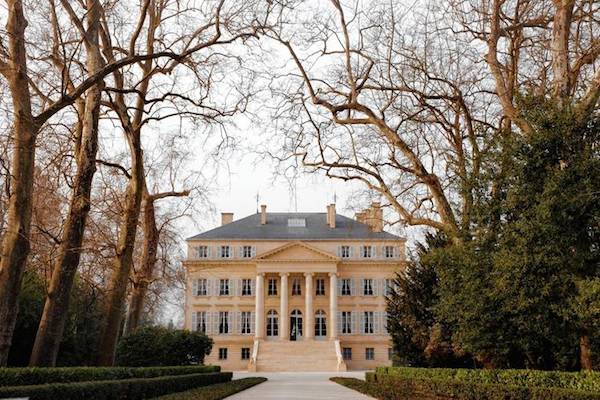
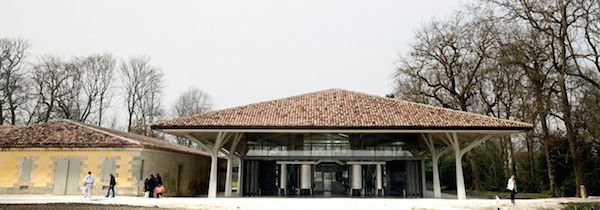
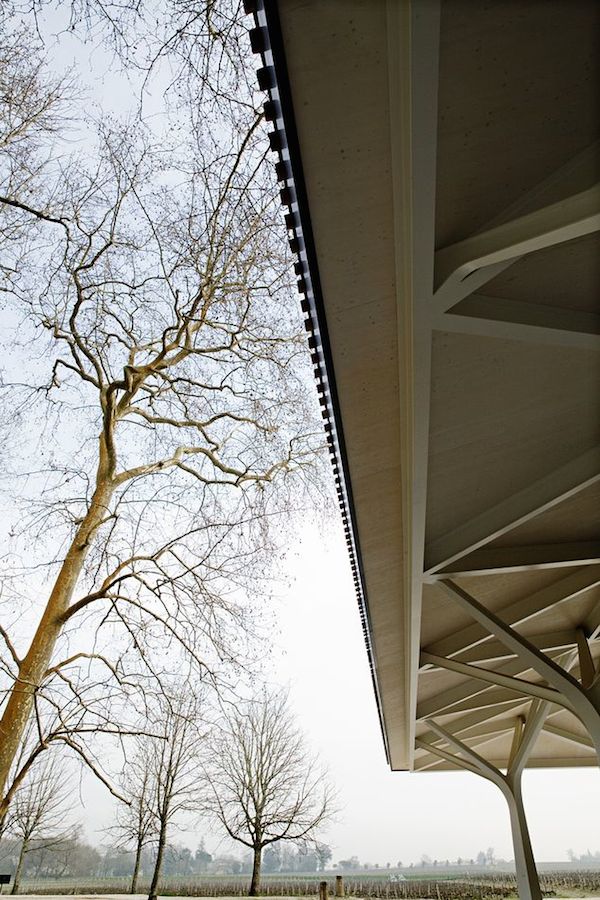
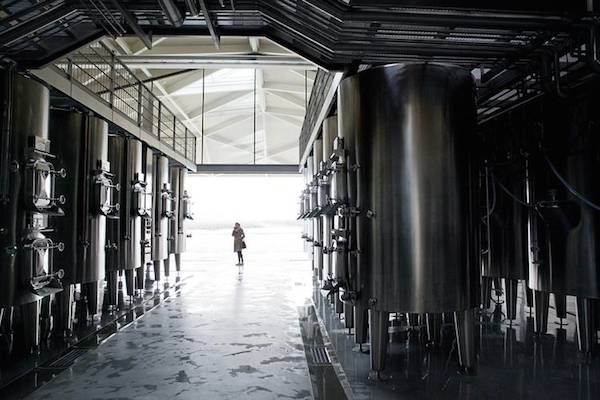 Image credits: Oddur Thorisson for The Wall Street JournalChâteau La DominiqueLocated in the UNESCO World Heritage site of Saint-Émilion, Château La Dominique brought in renowned French architect, Jean Nouvel to create a new cellar for the property, which was completed in 2014. The modern, deep Bordeaux red structure rises over the château. Inside, the building houses a 600m2 vat room and on its roof is a restaurant and terrace, offering a panoramic view over the vineyards. Nouvel covered the terrace in red glass stones (that visitors can walk on and take home), as a reminder of the growing grapes below.
Image credits: Oddur Thorisson for The Wall Street JournalChâteau La DominiqueLocated in the UNESCO World Heritage site of Saint-Émilion, Château La Dominique brought in renowned French architect, Jean Nouvel to create a new cellar for the property, which was completed in 2014. The modern, deep Bordeaux red structure rises over the château. Inside, the building houses a 600m2 vat room and on its roof is a restaurant and terrace, offering a panoramic view over the vineyards. Nouvel covered the terrace in red glass stones (that visitors can walk on and take home), as a reminder of the growing grapes below.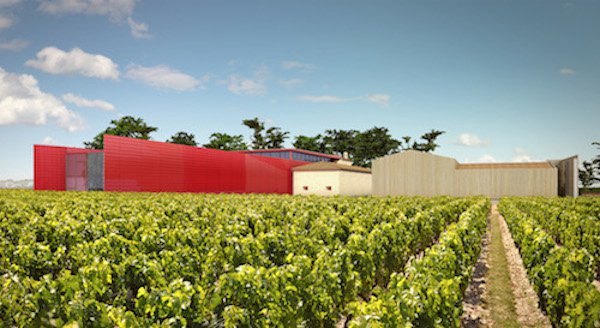
 Image credit: genuinejourneysChâteau FaugèresAlso situated in Saint-Émilion on the region’s Right Bank, Château Faugères has been producing wine since the early 19th century. With mainly clay and limestone soils, the vineyard is 85% Merlot grapes, which thrive in cool soil, 10% Cabernet Franc and 5% Cabernet Sauvignon. The new wine facility was designed by Swiss architect Mario Botta, who created a ‘cathedral of wine’, with building’s structure towering over the property’s vineyards.
Image credit: genuinejourneysChâteau FaugèresAlso situated in Saint-Émilion on the region’s Right Bank, Château Faugères has been producing wine since the early 19th century. With mainly clay and limestone soils, the vineyard is 85% Merlot grapes, which thrive in cool soil, 10% Cabernet Franc and 5% Cabernet Sauvignon. The new wine facility was designed by Swiss architect Mario Botta, who created a ‘cathedral of wine’, with building’s structure towering over the property’s vineyards.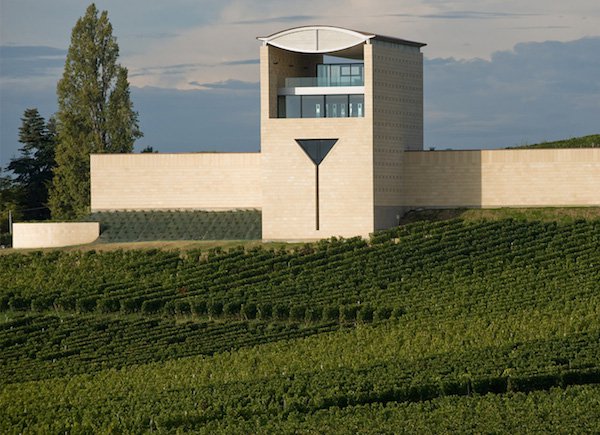 Image credit:Château Cheval BlancFamous for its rich, full-bodied, velvety red Bordeaux wines, Cheval Blanc’s reputation proceeds itself, producing what many label as ‘classic’ Bordeaux reds. Costing over 20million dollars to construct, the château’s new curvaceous contemporary wine cellar, designed by renowned architect Christian de Portzamparc, flows perfectly into surrounding 41 acres of vineyards in the Saint-Émilion hills where it’s located. Inside the wine vats mimic the cellar’s curved roof, bulging towards the bottom to accommodate the fermenting wine juice.
Image credit:Château Cheval BlancFamous for its rich, full-bodied, velvety red Bordeaux wines, Cheval Blanc’s reputation proceeds itself, producing what many label as ‘classic’ Bordeaux reds. Costing over 20million dollars to construct, the château’s new curvaceous contemporary wine cellar, designed by renowned architect Christian de Portzamparc, flows perfectly into surrounding 41 acres of vineyards in the Saint-Émilion hills where it’s located. Inside the wine vats mimic the cellar’s curved roof, bulging towards the bottom to accommodate the fermenting wine juice.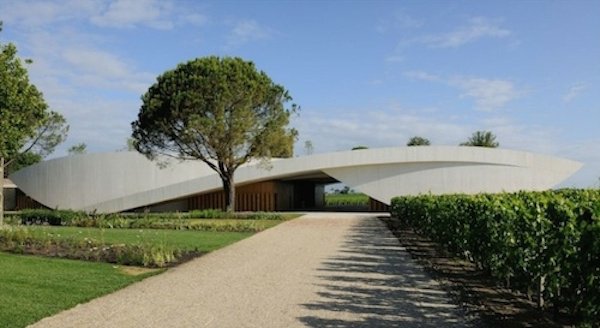
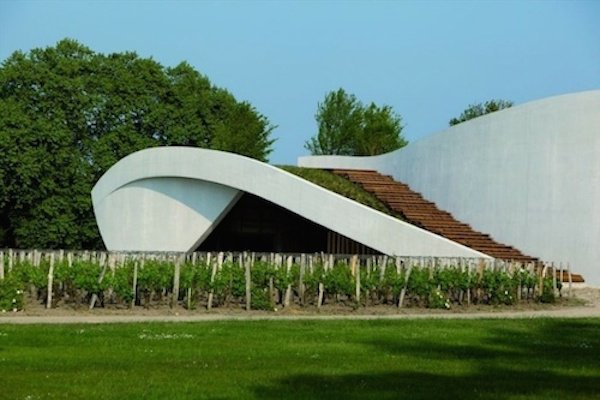
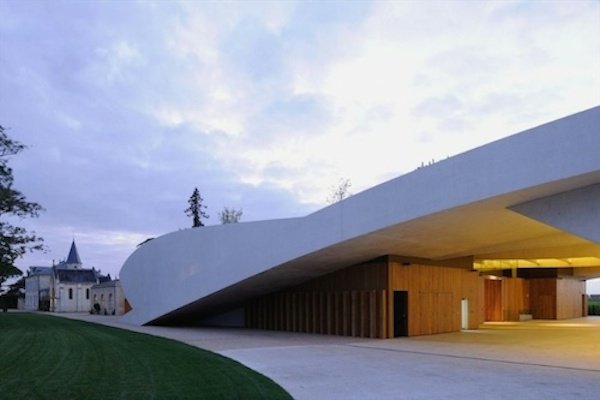 Image credits: humidorChâteau Haut-Selve In comparison to the other châteaux, Haut-Selve is a relatively young vineyard and was only created last century in the 90s. Yet in it’s short life it has become known as one of the five best winemakers in the Graves appellation and has won various awards, including 2 gold medals in 2013 for the Concours Général Agricole de Paris and London International Challenge. The vineyard boasts a futuristic wine cellar, designed by Sylvain Dubuisson that beautifully juxtaposes wine and art. The owners, the Lesgorges collect a new piece of art on a yearly basis.
Image credits: humidorChâteau Haut-Selve In comparison to the other châteaux, Haut-Selve is a relatively young vineyard and was only created last century in the 90s. Yet in it’s short life it has become known as one of the five best winemakers in the Graves appellation and has won various awards, including 2 gold medals in 2013 for the Concours Général Agricole de Paris and London International Challenge. The vineyard boasts a futuristic wine cellar, designed by Sylvain Dubuisson that beautifully juxtaposes wine and art. The owners, the Lesgorges collect a new piece of art on a yearly basis.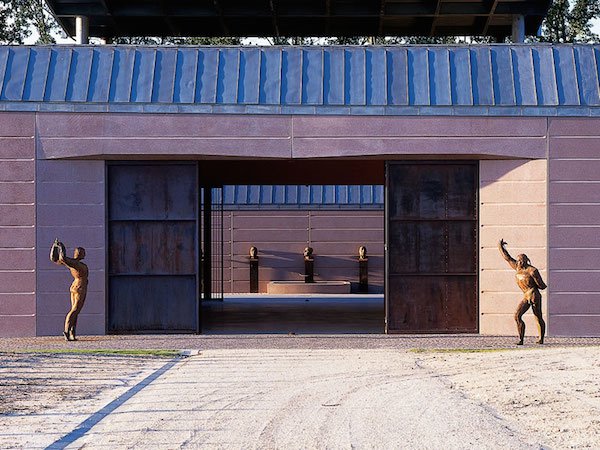
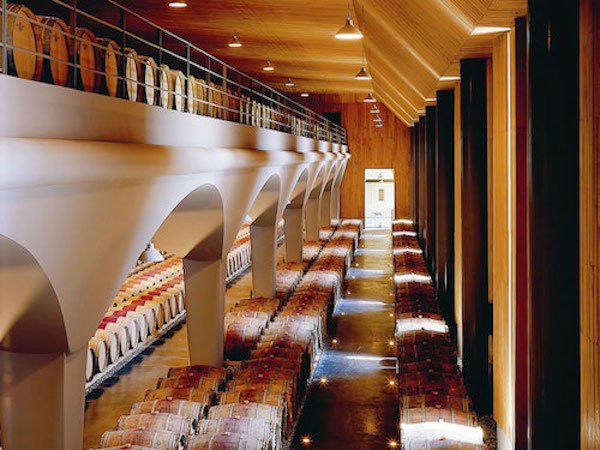 Image credit: vignobles-lesgourgues
Image credit: vignobles-lesgourgues
Situated in the Pomerol appellation, Château La Fleur de Board produces full-bodied red Bordeaux wine made from predominantly Merlot grapes. The wine cellar underwent a reconstruction to renovate not only the cellar, but also the wine vats. It’s now one of the most modern winemaking estates on the Right Bank. One of the most fascinating architectural features are the stainless steel cone-like vats that hang from the ceiling – the vinification of the wine juice happens by gravity!
Image credit: lejeune-tanks
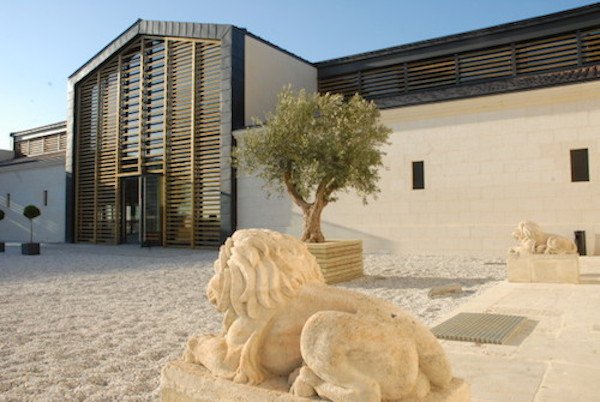 Image credit: here
Image credit: here
Soutard is one of the oldest château in Saint-Émilion and is renowned for its fruity, rich, medium-bodied red Bordeaux wines. The property went through a complete renovation designed by Fabien Pédelaborde, which was finished in 2011. The state of the art wine cellar features a gravity-fed wine making facility, glass elevators that transport owners and visitors to the vats and a beautiful fresco wall complete with vines and bunches of grapes.
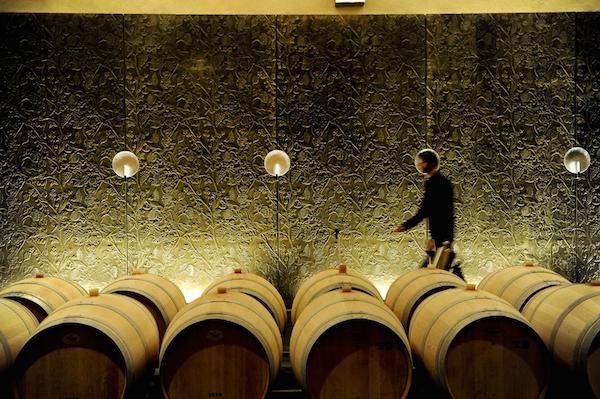 Image credit: pixarchitecture
Image credit: pixarchitecture
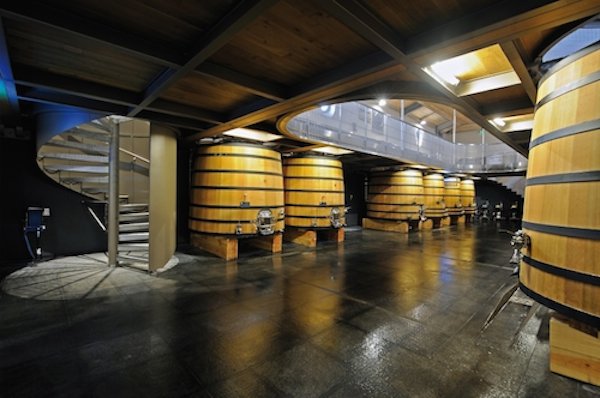 Image credit: atelierpositif
Image credit: atelierpositif
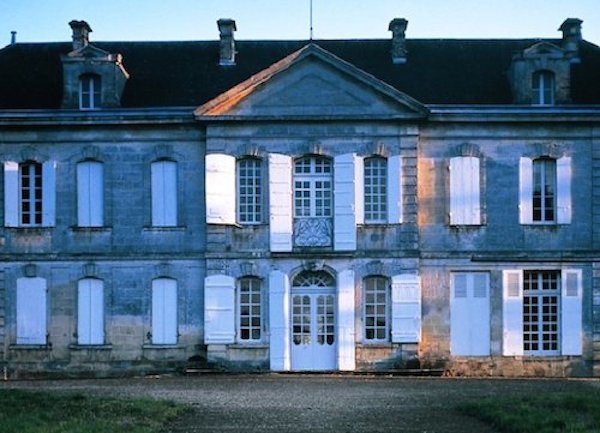 Image credit: cdn.thewinecellarinsider
Image credit: cdn.thewinecellarinsider
